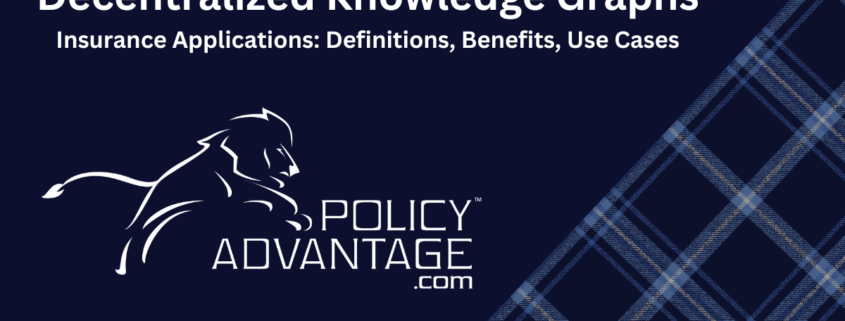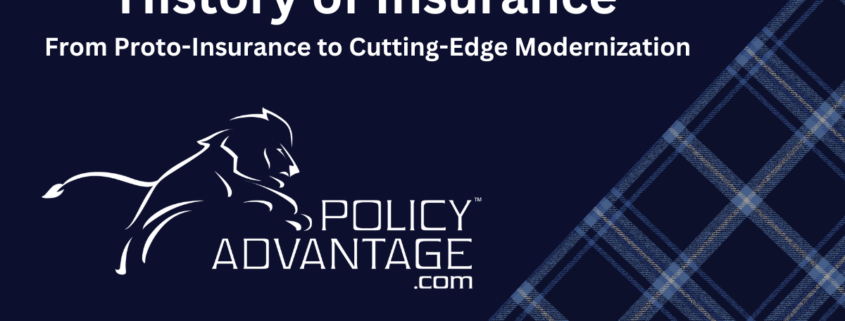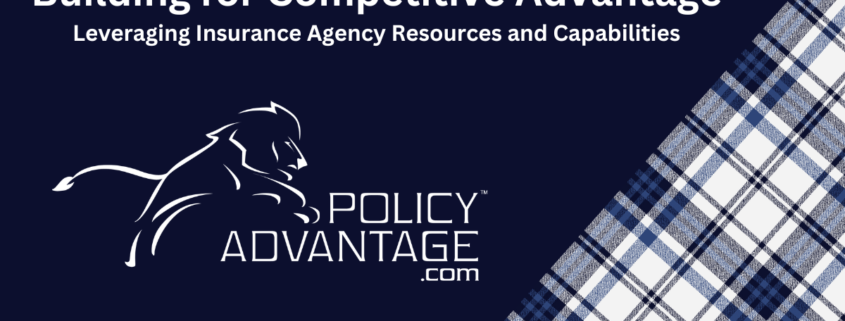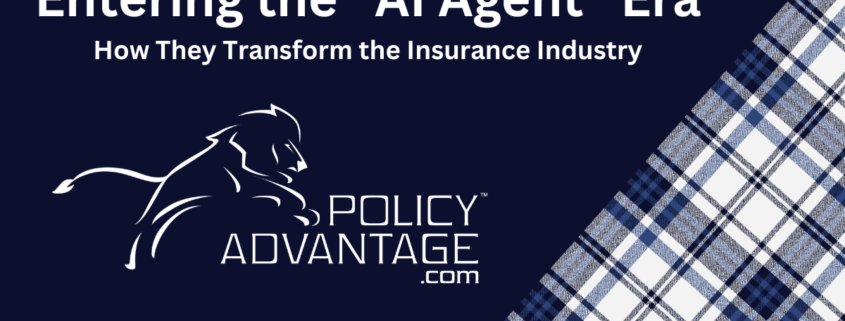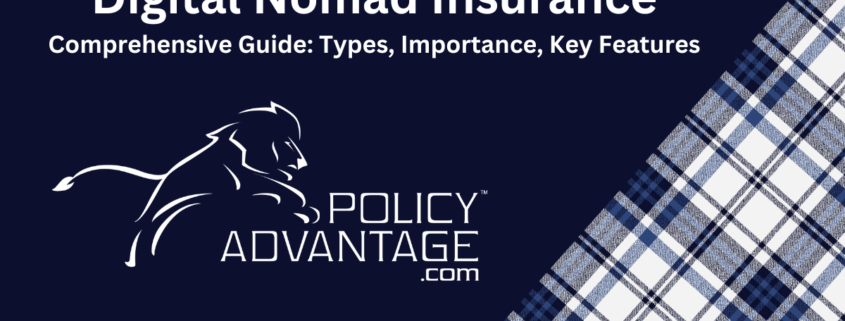Decentralized Knowledge Graphs: Applications in the Insurance Industry
Introduction
The insurance industry is undergoing a technological transformation, driven by artificial intelligence (AI), blockchain, and decentralized data solutions. One emerging innovation is decentralized knowledge graphs, which offer a novel way to structure and share data across networks. At PolicyAdvantage.com, leveraging decentralized knowledge graphs can enhance risk assessment, fraud detection, policy personalization, and customer experience. In this blog post, we’ll explore what decentralized knowledge graphs are, how they work, and their benefits, along with practical applications in the insurance industry.
What Are Decentralized Knowledge Graphs?
A decentralized knowledge graph (DKG) is a structured way of organizing and linking information across a distributed network. Unlike traditional centralized databases, where data is controlled by a single entity, DKGs allow multiple participants to contribute, validate, and query information without relying on a central authority.
At their core, DKGs consist of nodes (representing entities such as policyholders, claims, and risk profiles) and edges (defining relationships between these entities). These graphs are powered by decentralized technologies like blockchain, distributed ledgers, and AI-driven ontologies, ensuring transparency, security, and interoperability.
How Decentralized Knowledge Graphs Work
- Data Collection & Structuring – Information from various sources (claims history, IoT devices, customer records) is structured into a network of interconnected entities.
- Decentralized Validation – Data is validated by multiple stakeholders (insurers, reinsurers, regulators) using smart contracts and consensus mechanisms.
- Real-Time Updates & Querying – AI and machine learning algorithms analyze and update the graph in real-time, allowing instant access to reliable data.
- Enhanced Security & Privacy – Cryptographic techniques like zero-knowledge proofs ensure sensitive customer data remains secure while enabling selective data sharing.
Benefits & Advantages of Decentralized Knowledge Graphs
- Improved Data Accuracy & Trust – Eliminates silos and ensures that insurance data is verified and up-to-date.
- Fraud Prevention – Detects fraudulent claims by analyzing hidden patterns and relationships in historical data.
- Better Risk Assessment – Enhances underwriting by integrating diverse datasets, including IoT, health records, and geospatial data.
- Greater Transparency & Compliance – Meets regulatory requirements by providing an auditable and immutable record of transactions.
- Personalized Insurance Offerings – Enables insurers to tailor policies based on real-time behavioral and contextual insights.
Practical Applications in the Insurance Industry
- Enhanced Claims Processing & Fraud Detection. By mapping relationships between claimants, policies, and historical records, DKGs can uncover fraudulent activities (e.g., repeated claims from linked entities). Smart contracts can automate claim approvals based on verifiable data, reducing processing time and manual errors.
- Decentralized Identity Verification. DKGs can store and verify identity credentials across different insurers and regulatory bodies, reducing the need for redundant KYC (Know Your Customer) checks. Customers retain control over their personal data, sharing only the necessary information for policy issuance.
- Risk Modeling & Underwriting. Insurers can use real-time data from IoT devices (wearables, telematics, smart home sensors) integrated into DKGs to assess risks more accurately. Machine learning models built on DKGs can provide dynamic risk scores based on evolving data.
- Streamlined Reinsurance & Data Sharing. Reinsurers can access a transparent, tamper-proof record of policies and claims, reducing disputes and enhancing risk distribution. Cross-insurer data collaboration allows for more comprehensive actuarial analysis and policy pricing.
- Customer-Centric Insurance Ecosystems. Policyholders can interact with insurers, brokers, and third-party service providers through decentralized applications (dApps) powered by DKGs. AI-driven insights from DKGs can provide personalized recommendations, making insurance more accessible and user-friendly.
Conclusion
Decentralized knowledge graphs represent a paradigm shift in how insurance companies manage data, collaborate, and innovate. At PolicyAdvantage.com, embracing this technology can lead to better risk assessment, fraud detection, and personalized policies, ultimately delivering greater value to customers. As decentralized technologies continue to evolve, integrating DKGs into insurance processes will be key to staying ahead in an increasingly data-driven and customer-centric market. Stay tuned at the blog to learn more about how PolicyAdvantage.com is leveraging cutting-edge technologies.

